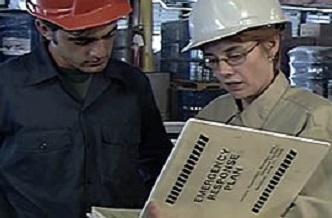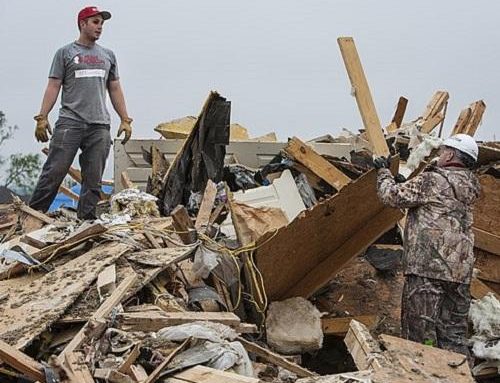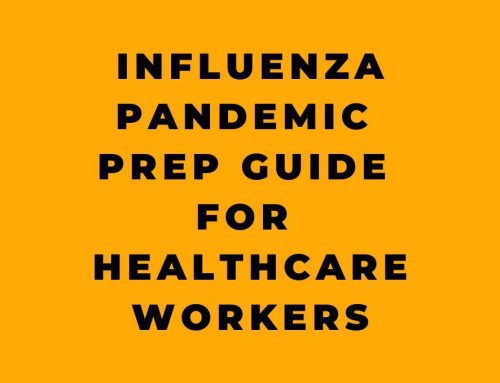An emergency response plan is an essential component of any safety program and is particularly important in hazardous materials (HAZMAT) environments. In this article, we’ll provide some helpful advice to businesses on how to develop and implement an effective emergency response plan in accordance with HAZWOPER regulations.
First and foremost, it’s important to have a written emergency response plan that outlines the procedures for responding to emergencies involving hazardous materials. This plan should include information on the types of emergencies that may occur, how to identify those emergencies, and how to implement appropriate controls to mitigate those emergencies.
One of the most effective ways to ensure an effective emergency response plan is by properly training employees on the hazards associated with hazardous materials and the appropriate procedures for responding to emergencies involving those materials.
It’s also essential to have appropriate personal protective equipment (PPE) on hand to protect employees during emergency response activities. This may include respirators, protective eyewear, and other specialized PPE.
In addition, it’s important to have a designated emergency response team to oversee the response to emergencies involving hazardous materials. The emergency response team should be trained in emergency response procedures and have the necessary equipment, such as first aid kits and spill containment supplies, on hand to address emergencies.
It’s also a good idea to establish relationships with local emergency responders, such as fire departments and hazardous materials teams, in advance of an emergency situation. This can help facilitate communication and ensure that appropriate resources are mobilized in the event of an emergency.
Here are 10 tips to help businesses develop and implement an effective emergency response plan in accordance with HAZWOPER regulations:
- Have a written emergency response plan in place: Outline the procedures for responding to emergencies involving hazardous materials, including the types of emergencies that may occur, how to identify those emergencies, and how to implement appropriate controls to mitigate those emergencies.
- Properly train employees on emergency response procedures: Make sure all employees are aware of the hazards associated with hazardous materials and the appropriate procedures for responding to emergencies involving those materials.
- Have appropriate personal protective equipment (PPE) on hand: Make sure you have respirators, protective eyewear, and other specialized PPE on hand to protect employees during emergency response activities.
- Have a designated emergency response team: Make sure you have a trained emergency response team in place to oversee the response to emergencies involving hazardous materials and to have the necessary equipment, such as first aid kits and spill containment supplies, on hand to address emergencies.
- Establish relationships with local emergency responders: Build relationships with local emergency responders, such as fire departments and hazardous materials teams, in advance of an emergency situation to facilitate communication and ensure that appropriate resources are mobilized in the event of an emergency.
- Regularly review and update your emergency response plan: Review and update your emergency response plan regularly to ensure that it is current and effective. This may include conducting drills and exercises to test the effectiveness of the plan and identify any areas for improvement.
- Have an evacuation plan in place: Make sure you have a plan for evacuating personnel in the event of an emergency involving hazardous materials.
- Plan for communicating with employees during an emergency: Make sure you have a plan in place for communicating with employees during an emergency, including how to disseminate information and instructions to employees.
- Plan for coordinating with local emergency responders: Make sure you have a plan in place for coordinating with local emergency responders in the event of an emergency involving hazardous materials. This may include establishing communication protocols and coordinating the deployment of resources.
- Plan for providing first aid and medical assistance: Make sure you have a plan in place for providing first aid and medical assistance to employees in the event of an emergency involving hazardous materials. This may include having first aid kits and trained first responders on hand.
In conclusion, an emergency response plan is an essential component of any safety program and is particularly important in HAZMAT environments. By having a written emergency response plan in place, properly training employees, having appropriate PPE on hand, having a designated emergency response team, establishing relationships with local emergency responders, and regularly reviewing and updating the plan, businesses can ensure an effective emergency response in accordance with HAZWOPER regulations.
Do you need HAZWOPER Online Training?
Try a free demonstration of HAZWOPER: Emergency Response Plan










